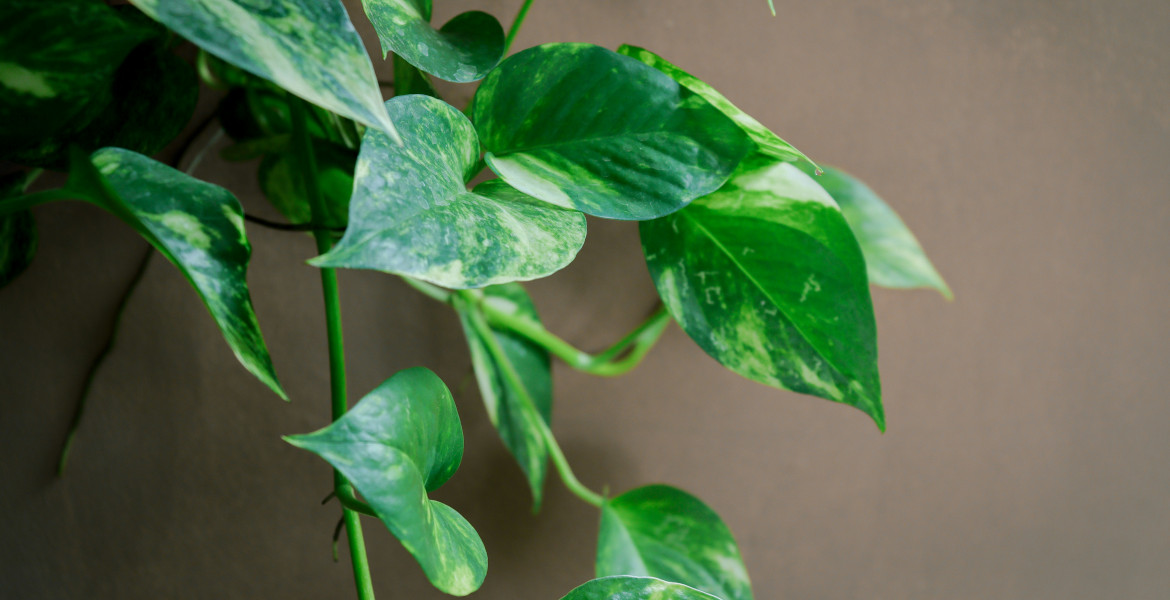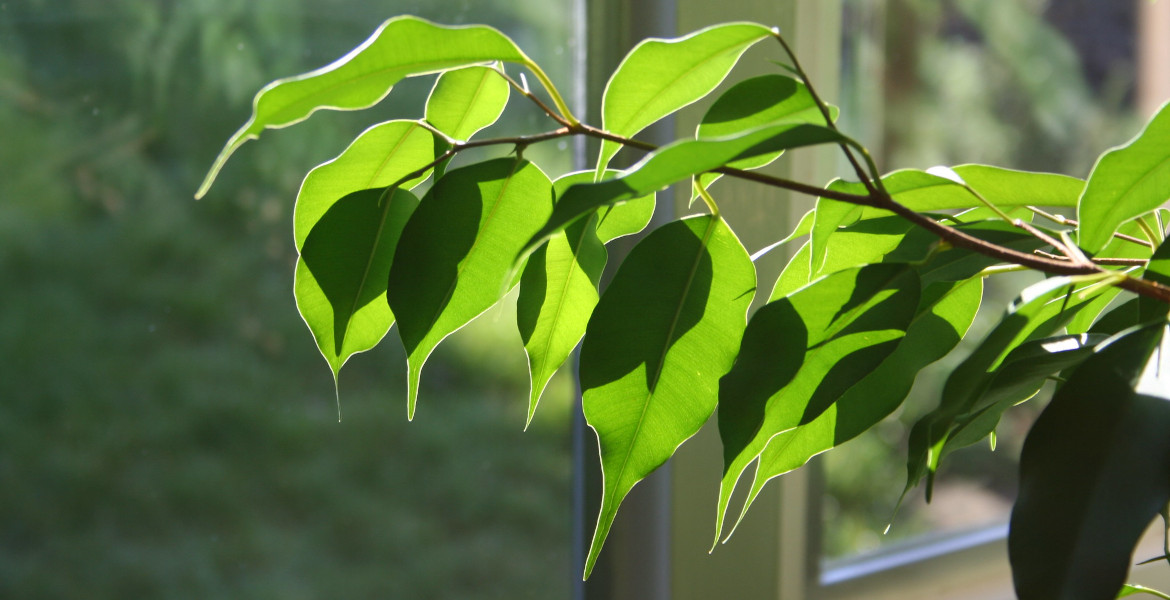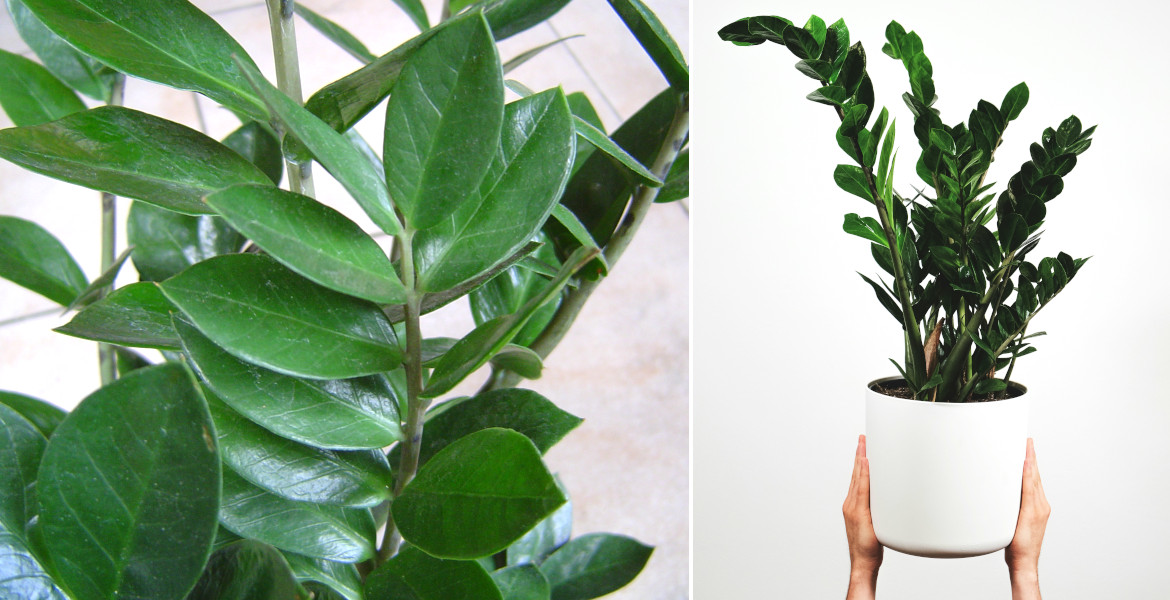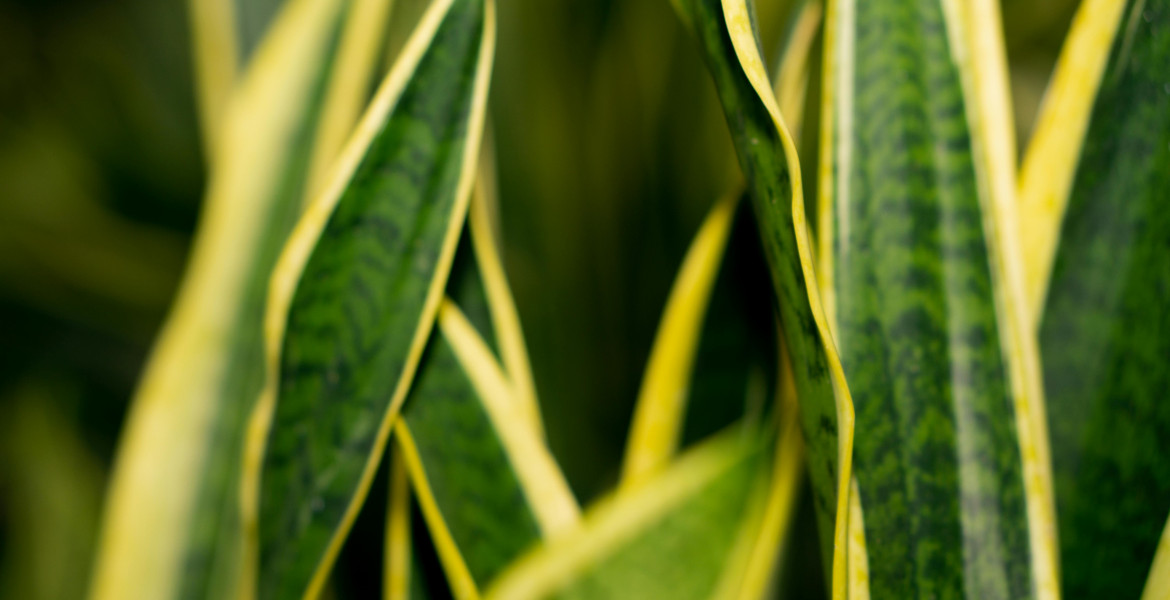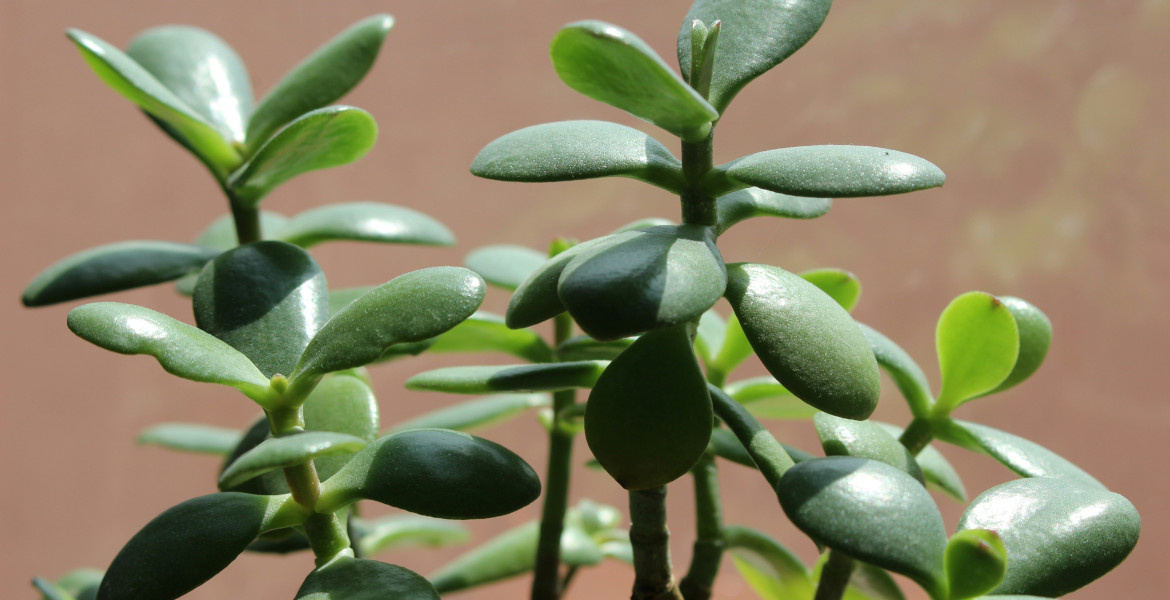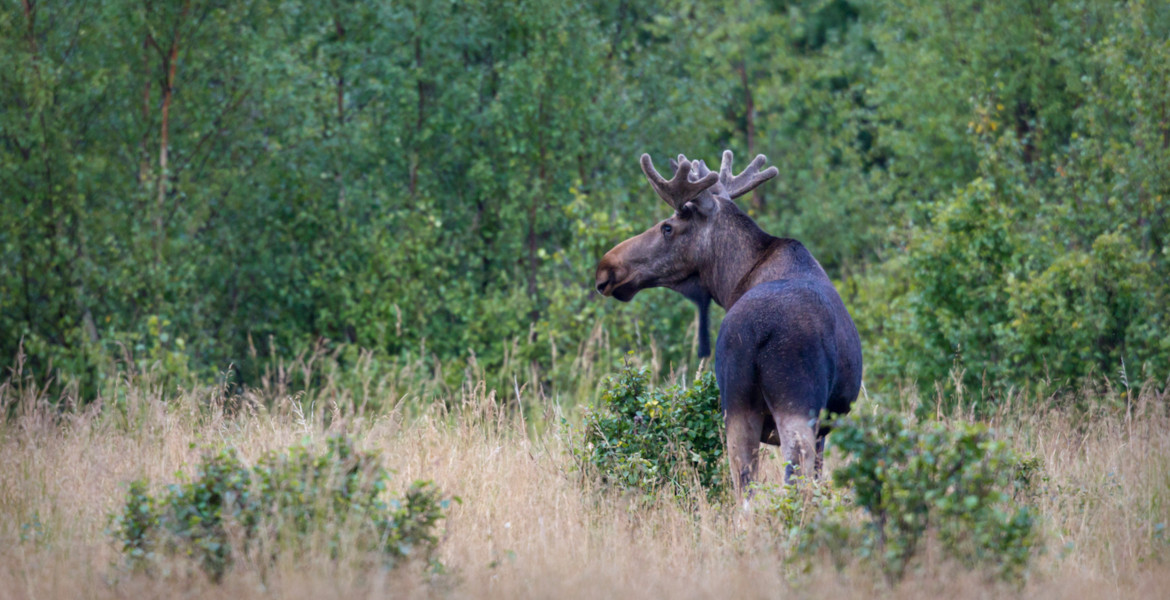Mary the elephant at Berlin Zoo has not only learned to shower all by herself. Her advanced showering technique using a water hose has surprised scientists studying Mary's behavior.
Jane Goodall, who lived with chimpanzees for 25 years, was among the first scientists to notice that animals can use tools. She observed a chimpanzee named David using a blade of grass to fish termites out of a termite mound. Since then, scientists have discovered that many more animals, such as dolphins, crows and other primates, also use tools in different ways.
A study published in Current Biology reports that German researchers have discovered a new form of tool use in animals. The study focused in particular on the elephants at Berlin Zoo, where the Asian elephant Mary has developed a technique to shower completely on her own, without the help of keepers.
Lena Kaufmann, a PhD student and one of the study's authors, discovered Mary's showering behavior during the keepers' morning rounds, when they rinsed off the elephants with a hose. When they reached Mary, they gave her the hose, and she began to rinse herself off. According to the keepers, she also learned this on her own.
Different showering techniques
Mary used different techniques to rinse her whole body by gripping the hose in different ways. To rinse off her back, she held the hose further from the end and swung it like a lasso behind her head.
– Mary is so superb at showering, Michael Brecht, a neuroscientist at Humboldt University in Berlin and one of the authors of the article, notes to The New York Times.
According to Kaufmann, a hose is "very complex" for an animal, but speculates that an elephant might have "a somewhat intuitive understanding for a hose, because it’s super similar to the trunk".
Mary wasn't the only elephant at the zoo to use the hose, either. The younger elephant Anchali had also developed techniques to use it, but instead of showering herself, she seemed to use it mainly to interfere with Mary's showers.
Possible sabotage
Anchali developed two different techniques to interrupt the flow of water to Mary's shower hose. One was to bend the hose to stop the flow, and the other was to use her trunk to push the hose down so that the water stopped flowing. The significance of the behavior was hotly debated in the lab, according to Dr. Brecht.
The younger elephant's behavior occurred shortly after Mary had begun to show aggression toward her, leading the researchers to speculate that it might be a form of revenge.
To test the hypothesis, the researchers gave Anchali access to two tubes, hoping that she would prefer to bend the tube that Mary used instead of choosing at random. However, Anchali tended to clamp the hose that was closest. The researchers were reluctant to draw definitive conclusions and suggested that the behavior could also be a way for Anchali to get attention while the researchers' focus was very much on Mary.



